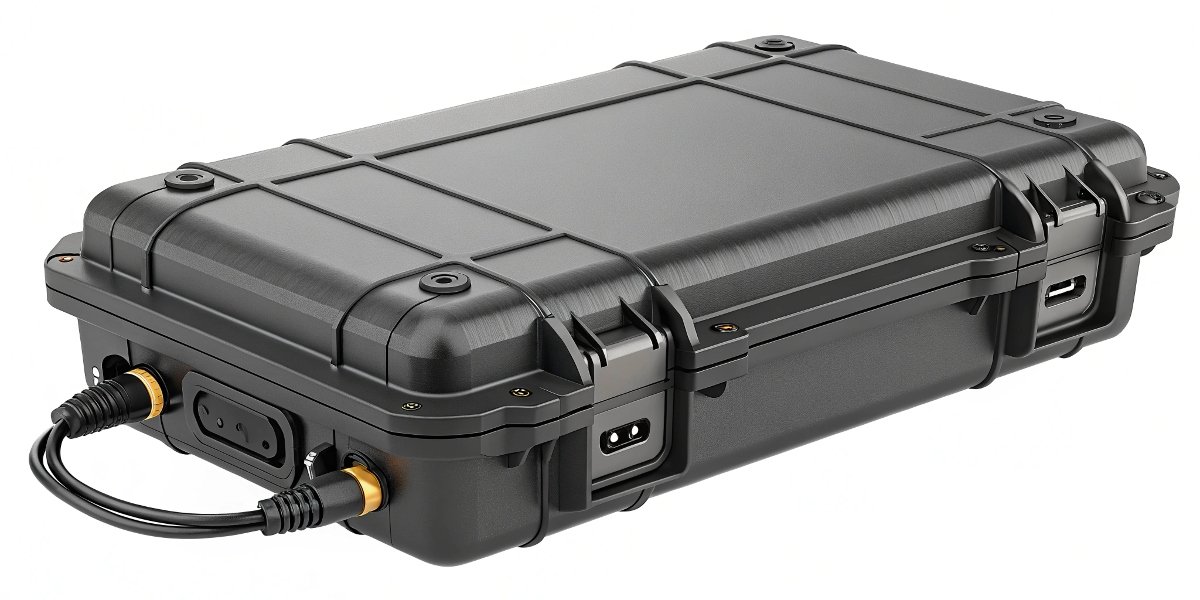Lithium Polymer (LiPo) batteries are widely known for their lightweight design, high energy density, and versatility, making them a top choice in a range of applications — from consumer electronics to electric vehicles and drones. However, like all batteries, the service life of LiPo batteries is influenced by various factors. Understanding these factors can help optimize their lifespan, improve performance, and reduce the frequency of replacements. In this article, we explore the key elements that affect the service life of LiPo batteries, helping you get the most out of your investment.
1. Temperature Control: The Silent Killer
Temperature plays a critical role in the longevity of lithium polymer batteries. Exposure to both extreme heat and extreme cold can have a significant impact on the internal chemistry of the battery, leading to premature degradation.
- High temperatures can cause the electrolyte inside the battery to break down faster, accelerating capacity loss. In some cases, overheating can even lead to thermal runaway, resulting in dangerous situations like battery swelling or fire.
- Low temperatures slow down the chemical reactions in the battery, which reduces its overall performance and can even lead to permanent damage to the cells if exposed for prolonged periods.
For optimal performance and longer service life, it’s important to store and operate LiPo batteries within recommended temperature range, typically between 20°C and 25°C (68°F to 77°F).
2. Charging Practices: Quality Over Convenience
Charging habits are another crucial factor in determining the lifespan of a lithium polymer battery. Overcharging or undercharging can cause irreversible damage over time. Here’s what to keep in mind:
- Overcharging: When a battery is charged beyond its recommended voltage, it increases the risk of electrolyte breakdown and thermal issues. Most LiPo batteries come with built-in protection circuits, but it’s still essential to use proper chargers designed for LiPo batteries.
- Undercharging: While not as damaging as overcharging, undercharging LiPo batteries can lead to lower voltage levels, which can affect the battery's capacity and overall health.
To maximize your battery's lifespan, it's best to charge it slowly and avoid charging to 100% all the time. Keeping the charge between 20% and 80% is often recommended for extending the battery’s service life.
3. Discharge Rate: The Strain on the Cells
The rate at which a LiPo battery is discharged — or the C-rate — plays a huge role in its lifespan. The C-rate refers to how quickly a battery is discharged relative to its capacity. Discharging a battery too quickly generates heat and places stress on the battery cells, leading to faster degradation.
- High discharge rates (such as those demanded by power-hungry devices like drones or electric vehicles) can result in increased wear on the battery’s internal components.
- Low discharge rates, on the other hand, allow the battery to operate more efficiently and last longer.
Knowing your application’s specific discharge requirements and choosing a battery that matches them is crucial to ensuring a longer battery life.
4. Cycle Life: How Often and How Deeply It’s Used
The cycle life of a LiPo battery refers to how many charge and discharge cycles it can undergo before its capacity significantly diminishes. Typically, a cycle is defined as one full charge and discharge cycle, but partial cycles (e.g., charging from 50% to 100% and then using it back down to 50%) count as well.
- Deep discharges (e.g., discharging the battery down to 0%) tend to shorten the battery’s overall lifespan. Instead, aim for partial discharges to minimize wear.
- Frequent, shallow cycles (keeping the charge between 20% and 80%) tend to prolong the battery’s service life.
While every battery is rated for a certain number of cycles, the way it’s used can determine whether it hits that limit sooner or later.
5. Storage Conditions: The Importance of Keeping It Safe
If you're not using your LiPo battery for a long period, the way you store it can make a big difference in its service life. Storing batteries improperly can lead to capacity loss, swelling, or even failure.
- Storage temperature: Like with operating conditions, the temperature at which you store your LiPo batteries is crucial. Batteries should be stored in a cool, dry environment. Ideally, the storage temperature should be around 40-60% of their full charge and kept at temperatures between 15°C and 25°C (59°F to 77°F).
- Long-term storage: If you're not using a battery for an extended period, it's best to store it with a partial charge (about 40-60%) rather than letting it discharge completely. A completely drained battery is more prone to damage, while a fully charged battery can lead to high internal pressure and degradation.
6. Quality of the Battery
Not all LiPo batteries are created equal. The overall quality of the battery's construction, materials used, and manufacturing standards directly influence how long it will last. Like Batteries from well-known manufacturer "LithoTop" with established reputations for quality and safety tend to perform better over time.
Additionally, batteries that come with advanced protection circuits (such as overcharge, over-discharge, over-current and short-circuit protection) are often more reliable and can help extend the overall service life.
Conclusion: How to Extend the Life of Your LiPo Battery
By understanding and managing the factors that affect lithium polymer batteries — temperature, charging practices, discharge rates, cycle life, storage conditions, and battery quality — you can significantly extend their service life. This not only reduces costs but also helps you get the best performance from your devices, whether you're powering a drone, electric vehicle, or another high-tech application.
Whether you’re looking to optimize energy use, reduce downtime, or enhance the longevity of your devices, paying attention to these factors will ensure that your batteries remain in peak condition for longer.
Want to learn more about optimizing your battery usage? Contact us today for expert advice and solutions to meet your needs.




